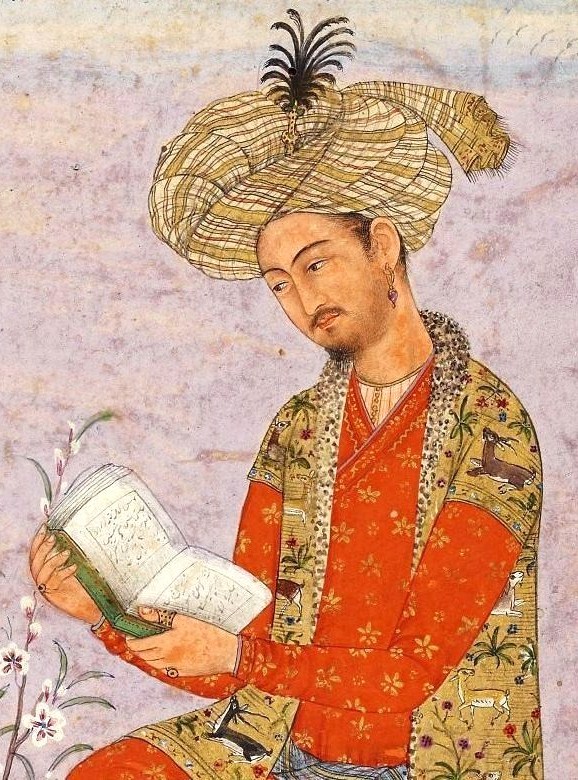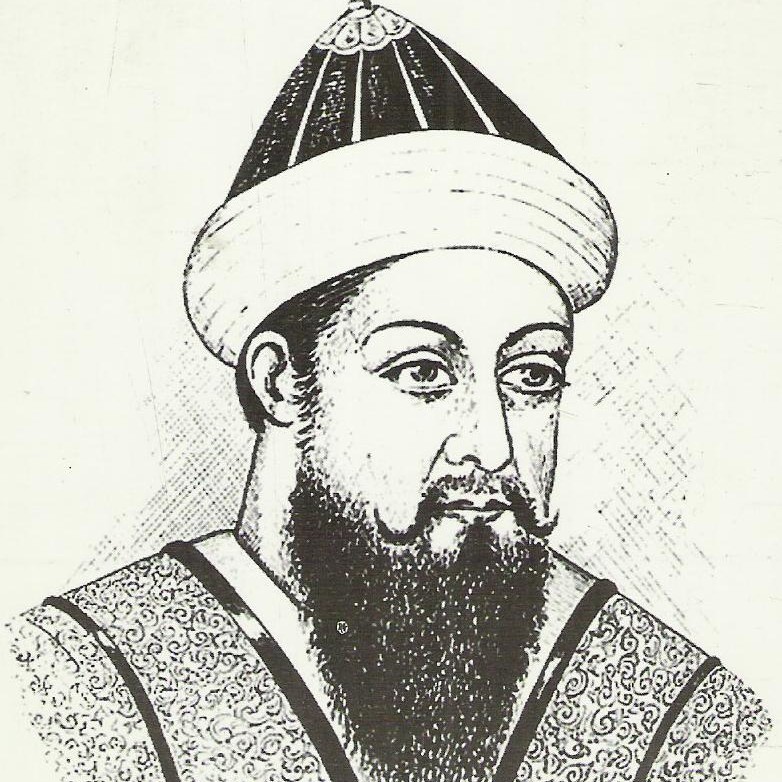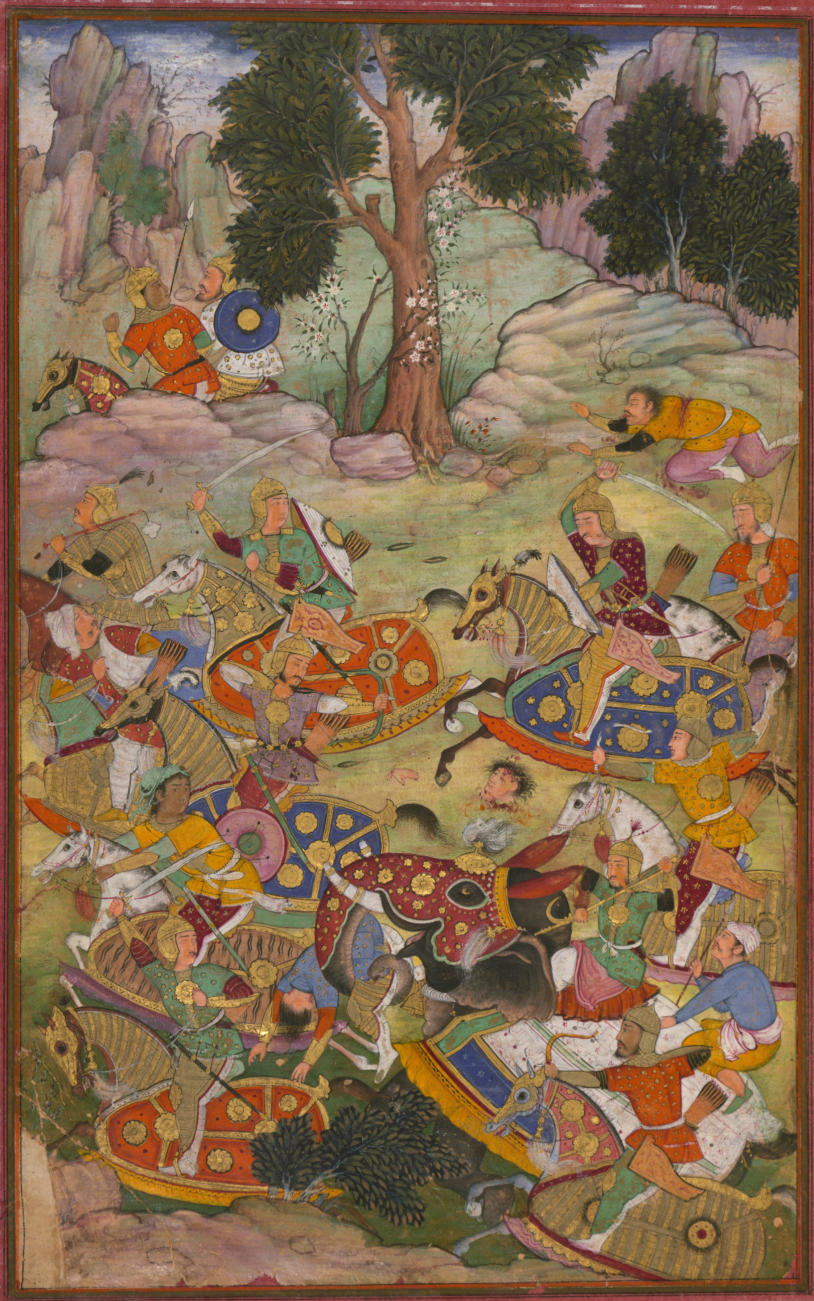Panipat has been described as the pivot of Indian history for 300 years. And its story begins in the first great battle of 1526. After the fall of the sayyids; the Afghan Lodi dynasty had seized power in Delhi. The power of the sultanate had decreased considerably at this time, though the sultan could still command significant resources.
Ibrahim Lodi, the third ruler was unpopular with the nobility for his persecution and execution of a large number of old nobles. A prominent noble, Daulat khan fearing for his life appealed to Zahir-ud-din Babur, the Timurid ruler of Kabul to come and depose Ibrahim Lodi. It was thought that Babur would defeat Lodi, plunder, and leave. Babur however had different ideas.
A Tale of Timurid Prince

Babur, a Timurid prince with descent from Timur and Chengiz khan had originally inherited the kingdom of Fergana — one of the breakaway regions in the aftermath of the breakup of the once-mighty Timurid empire. The two foremost powers in the region at this time were the Safavids of Iran and The Uzbeks of Central Asia. Squeezed between them Babur had to fight for survival. Gaining and losing Samarkand 3 times he eventually moved to Kabul in 1504, where he aimed to consolidate a power base.
It was here that he came into touch with India and between 1504 and 1524 had raided across the Northwestern frontier 4 times. His main goal at this time was to consolidate his position in Afghanisthan by crushing the rebellious Pathan tribes of the region, particularly the Yusufzais. Having given up his aspirations of retaking Samarkand in 1512 he now dreamed of a new empire east of the Indus and bided his time for an opportunity.
In the Baburnama he writes that as these territories were once conquered by Timberlane he felt it was his natural birthright and he resolved to acquire them by force if necessary. The invitation of the Afghan chiefs provided him with this opportunity.
Babur’s Invasion
Babur started for Lahore, Punjab, in 1524 but found that Daulat Khan Lodhi had been driven out by forces sent by Ibrahim Lodhi. When Babur arrived at Lahore, the Lodhi army marched out and was routed. Babur burned Lahore for two days, then marched to Dipalpur, placing Alam Khan, another rebel uncle of Lodhi’s, as governor. Thereafter he returned to Kabul to gather reinforcements. Alam Khan was quickly overthrown and fled to Kabul.
In response, Babur supplied Alam Khan with troops who later joined up with Daulat Khan, and together with about 30,000 troops; they besieged Ibrahim Lodhi at Delhi. He defeated them and drove off Alam’s army, Babur realized Lodhi would not allow him to occupy Punjab. Meanwhile, Alam also demanded Babur assigns Delhi to him after its capture, which was not acceptable to Babur. In 1525 November, Babur set out in force to seize the empire he sought. Crossing the Indus a census of the army revealed his core fighting force numbering 12,000.

This number would grow as it joined his garrison in Punjab and some local allies or mercenaries to around 20,000 at Panipat. Entering Sialkot unopposed he moved on to Ambala. His intelligence alerted him that Hamid Khan was about to reinforce Lodi’s force with a contingent, he sent his son Humayun to defeat his detachment at Hisar Firoza. From Ambala, the army moved south to Shahabad, then east to reach the River Jumna opposite Sarsawa.
The Battle
At the same time Ibrahim Lodhi, Sultan of Delhi, had gathered his army and was advancing slowly north from Delhi, eventually camping somewhere close to Panipat. Late in March 1526, Ibrahim decided to send a small force across the Yamuna into the Doab (the area between the Yamuna and the Ganges). Babur learned of this when he was two days south of Sarsawa, and decided to send a raiding force across the river to attack this detachment.
His right-wing had won the victory on 26 February, and so this time he detached his left-wing, once again reinforced with part of the center, so the two armies may have been about the same size. Babur’s men crossed the Jumna at midday on 1 April and advanced south during the afternoon. At day-break, on 2 April Babur’s men reached the enemy camp. Daud Khan and Hatim Khan would appear to have been caught by surprise and attacked before they could form their men up into a proper line.

Babur’s men quickly broke their resistance and chased Ibrahim’s men until they were opposite Ibrahim’s main camp. Hatim Khan was one of 60–70 prisoners captured, along with 6 or 7 elephants. Just as after the battle on 26 February most of the prisoners were executed, again to send a warning to Ibrahim’s men.
After this victory Babur continued to advance south, reaching Panipat on 12 April. Here Babur received news of the apparent huge size of Lodhi’s army and began to take defensive measures. He was confident in his troops, the core of which were battle-hardened veterans, loyal friends to him through thick and thin. He also enjoyed a solid rapport with his men and treated them on an equal footing. Any could dine at his table.
Ibrahim Lodhi however was facing dissension in ranks. He even had to resort to distributing riches to encourage his troops and promised more. Personally brave, Ibrahim was an inexperienced commander and quite vain which upset some of the Afghan nobility. For eight days both armies stood facing each other without making a decisive move. Finally, Babur in an attempt to goad Lodi into attacking him ordered a night raid by 5000 picked horsemen. However the attack faltered badly, and the Mughals narrowly escaped. Elated by his success, Lodhi now advanced to meet Babur’s forces on the fields of Panipat.
AFTERMATH

Babur’s victory led to the end of the Delhi sultanate and the establishment of the Mughul dynasty which was to mark an epoch in the history of medieval India. Babur went on to deal with threats to his position at Khanna against the Rajputs and Gogra against the Afghans but died before he could consolidate what he had conquered. His son Humayun had to deal with a resurgent afghan threat under Sher Shah. The final consolidation of the Mughul Empire was left to Akbar, Babur’s grandson. Militarily; the battle of Panipat marks the beginning of the gunpowder age in earnest and the end of the age of elephants as the prime weapon of Indian warfare.
CAUSES OF MUGHAL SUCCESS
Intelligence: The difference in inefficient intelligence had been apparent. Babur’s espionage system allowed him to intercept reinforcements from Hamid khan to Lodi. While Babur continuously probed the Afghans during the standoff, Ibrahim Lodi had not sufficiently prepared for the true nature of the Mughul defenses and was surprised. His intelligence on Babur’s army seems to have been minimal as he gave no thought to the effect of cannons on elephants and made them a cornerstone of his tactics.
Discipline: Babur’s army was by far more disciplined, being able to execute the complex wheeling maneuver flawlessly, while the Afghans were thrown into disorder by their own follies and also charged prematurely ahead of the center.
Morale: Morale seems to have been high in Babur’s camp. Babur treated his soldiers with an air of equality and the Mughals were in enemy territory with nowhere to run. Ibrahim Lodis’ troops, on the other hand, at least a part of them were discontent and the vanity of Lodi himself didn’t help matters. The elephant havoc and Lodi’s death was the last straw.
Technology: Babur’s forces had the next generation of weapons technology available in form of cannons and matchlocks. While these were still primitive in the form they rendered the elephants useless and gave Babur an edge.
Firepower Dominance: While the Afghans placed their faith on shock tactics, the Mughals enjoyed total dominance throughout the battle in firepower.The artillery, matchlocks but above all. The Turko-Mongol composite bow shattered Afghan ranks with a ceaseless barrage. Firepower’s effect is not only physical but also psychological-as there is nothing worse to a soldier than to be fired at without being able to reply.
Surprise: Babur’s unorthodox tactics. The use of the cart line and the artillery placement and the Tulughma flanking attacks befuddled the Afghans. These were things not seen before in the subcontinent’s battlefields.
Failure of Elephants: The reverse route of the elephants trampling through their own ranks, totally ruined the afghan rear ranks cohesion and was a major reason why they never participated in the battle. But the elephant was a weapon of a bygone age.
Ibrahim’s Death: Lodis’ charge was premature and unnecessary, while things were desperate upfront, he still had his center division-shaken and albeit disorganized, but intact. He would have better served to rally his reserve and assault the flanking Mughal columns. If he had lived another hour, the Mughals may have lost the battle as Babur had minimal reserves left and the Mughals too had suffered heavy causalities.
Security: To Napoleon is credited with the saying — ‘’the whole art of war consists of a well-thought-out and extremely circumspect defensive, followed by a rapid and audacious counterattack’’. Babur’s tactics at Panipat were a perfect balance between caution and aggression. He secured his flanks with natural or artificial obstacles and his center with this cart-line offsetting the Afghan advantage in numbers.

